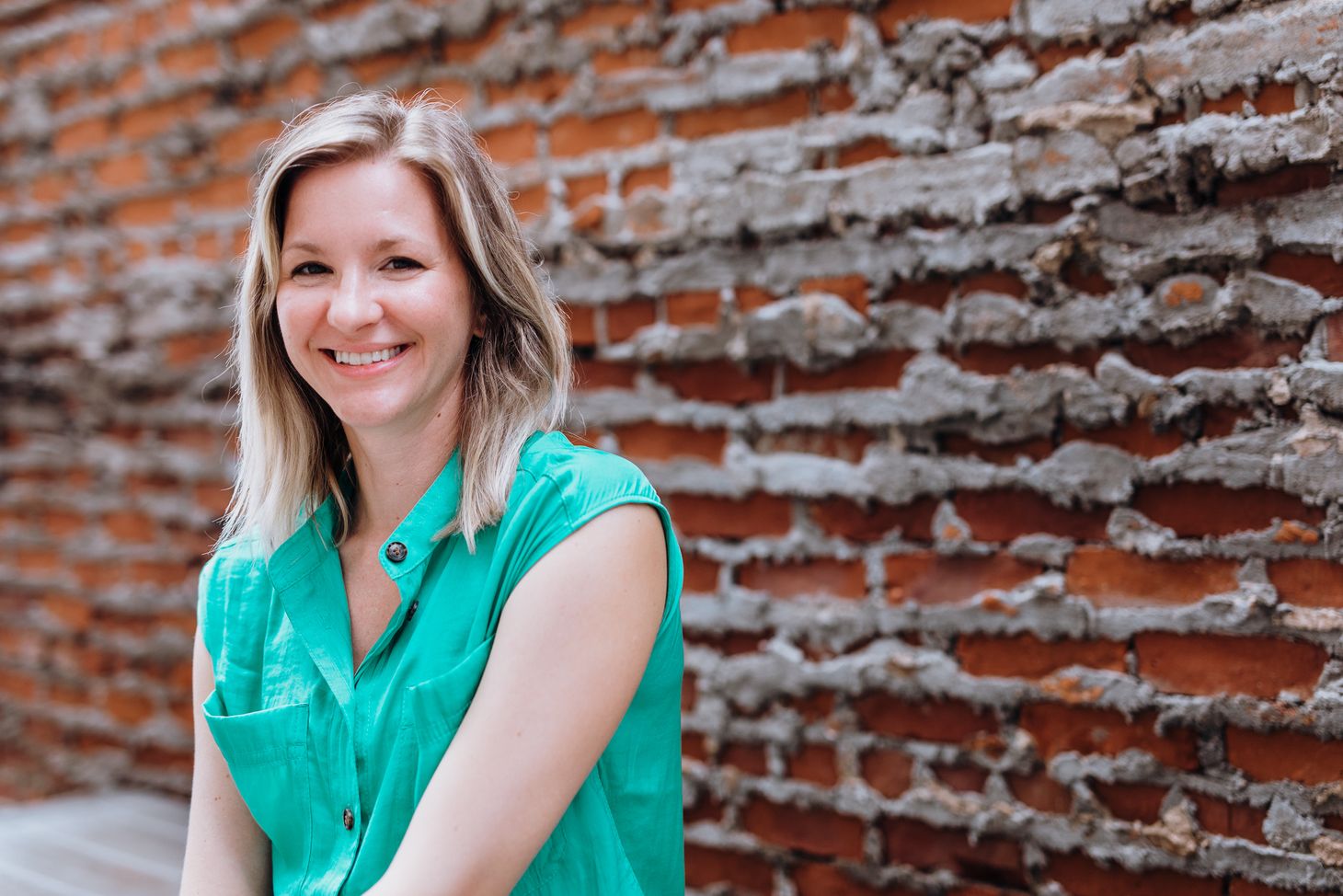Therapy, Coaching, and Community
Table of Contents
I never went to the doctor growing up, even after one of my worst injuries in third grade.
My mom and I were on our way back home from getting groceries down the street. I was running ahead of my mom, believing as all third graders do, that if I ran hard enough, I could be faster than a car.
One moment there was wind blowing through my hair, then suddenly there was cold hard concrete smashing against my left jaw. A bump in the uneven sidewalk caught my foot, broke my stride, and launched me horizontally with only my face to cushion the fall.
A small nail managed to stab itself into my jaw during the fall. My mom rushed over to me, her hands empty of grocery bags, yanked out the nail and clutched my jaw to stop the bleeding. There was so much blood everywhere.
Children learn to mirror the reaction of their parents when something like that happens. In the short space between the event and your brain registering what happened, your level of freak out is determined by the parent’s behavior. If the parent is calm, comforting, and says it’ll be ok, you’ll react accordingly. If a parent reacts like my mom did, you’d think your head had fallen off.
But instead of freaking out, I found myself comforting my mom. I remember thinking my mom’s pain seems to be greater than my own, and I had to make her feel better. Even when my brain registered the pain, I kept saying, “Mom, I’m ok. I’m ok. It doesn’t hurt, I’m ok.”
Most families would spend the rest of the day at the ER getting the wound looked at by a doctor. We walked back home, washed out my wound, and put a makeshift gauze and bandage on my face. You can still see the scar on my jaw today.
Other than immunization shots, we never really visited a PCP either. I think my parents’ distrust of doctors was masking the fact that professional medical care was a luxury we couldn’t afford. There weren’t health care plans available for immigrant small business owners. Our medicine was prayer, kimchi stew, and resilience.
Since that fall, I haven’t had any other injuries that brought me to a hospital. I was healthy and accident free, something I took for granted. It wasn’t until marriage I realized there was whole other kind of health, apart from my physical body, that needed healing.
Mental health wasn’t something that was never considered or brought up at home. The past was the past, and we lived with its consequences. There was no healing or growing from it. If cancer or near-death experiences were the only reason to go see a doctor, then insanity was the only reason to go see a therapist.
It took Becky years of convincing for me to go to therapy. She’d try to bring it up nicely in everyday conversation, but I’d wave it off. When we argued, she would point out where my emotional capacities ended and where she wished they could be. I was too busy being defensive or shutting down to realize its limits. I knew I had to make a choice. Either trust Becky and seek help, or double down on, “I’m not crazy so why do I need a therapist?!”
When I finally decided to start therapy, it was with an Asian American man, a few years older than me. I wanted the least intimidating version of a therapist—someone I can relate to and understood my story because he lived a similar life.
I went to him when I was lost within myself. I was on the ground looking up at him, my stride broken over life’s uneven path. I was bleeding, asking for help, and what was mirrored back to me wasn’t horror, but empathy. I didn’t have to mask my pain or discomfort in order to comfort the opposite party. No one freaked out.
It was a relationship I’ve never experienced before, and I met with him for nearly two years, every other week. Therapy grew me in ways I could never imagine. It set me on a trajectory to find coaching as a vocation.
I believe in therapy and coaching with my whole heart, because I believe we aren’t meant to do any of this alone. The rugged individual doing it his way is a tired and weary figure. He’s wrapped in a thin veneer of bravado, barely hiding his fear, shame, and pride.
A friend described this past year as a “pandemic year.” It’s an elegant phrase for this valley we’ve experienced together. David Brooks, an author and New York Times Op-Ed Columnist, has said in these trying moments we can either be broken or broken open.
Healing starts with letting people into that brokenness. The space I try to create during my coaching sessions is sacred—a place where we can come without the veneer, and see what we can discover together.
Whatever it is you are going through, you don’t have to go through it alone. Asking for help isn’t weakness, it’s courageous.
The difference between being broken or broken open is community. Strangely enough, I’ve felt more community during this pandemic year than others. It’s in the darkness of the valley where we are able to be a light for one another.
Follow Along Upstream
And feel a little less alone on your quest to your most courageous work.
